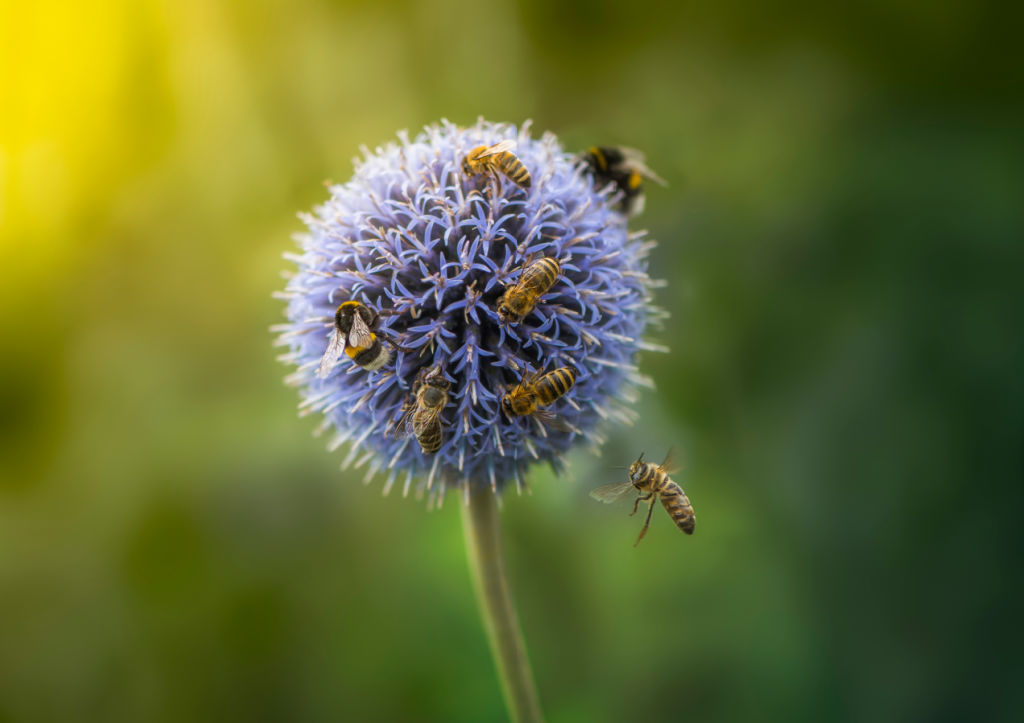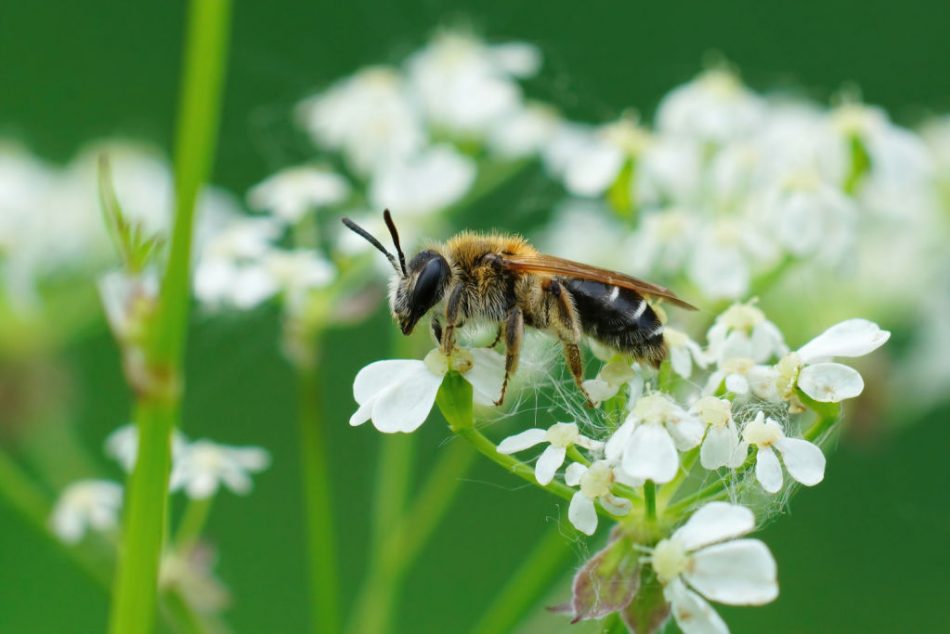Bees harvest nectar from flowers in the vicinity of their hives to fill up the honey stomach. They can store up to 40 mg of nectar in each honey stomach if they forage within two miles of the hive. Special enzymes break the nectar down into simple sugars and water in the honey stomach. After the nectar has been stored in the stomach, the bees extract it as honey.
Pollination process
Bees pollinate plants to produce honey and nectar. Pollen grains from one flower will combine with the egg cells of a different flower and grow into a seed. This process is a fundamental process in plant life. The bees then return to their hive with pollen grains in their baskets on their rear legs. Honey bees use pollen to feed their brood.

The honey bee is a powerful pollinator, helping to produce more crops and contribute billions of dollars to the global economy. Pollination by bees is not solely responsible for a good crop; some plants produce large amounts of dry pollen that is transported by wind to receptive flowers. The honey bee is one of the few animals that pollinate flowers without the help of humans.
Many farmers are worried about relying on one species of bee for pollination and are beginning to provide nest boxes for solitary bees. Farmers can also purchase commercially produced bumble bee colonies, but they can potentially carry diseases. Fortunately, farmers can now buy a commercial bumble bee colony that can benefit their crops and livestock. In addition to providing nest boxes, farmers can also purchase a bumble bee colony.
Nectar collection
In order for bees to produce honey, they collect nectar from various flowers. When the bees are happy with their collections, they cap the honey cells, thereby concentrating the honey. The type of honey produced depends on the type of flowers visited. In general, the bees tend to stay with one type of flower throughout a foraging trip. However, commercial beekeepers usually ensure that the bees visit a specific type of flower.

The hive contains several types of nectar, each of which is needed for the production of honey. In general, bees collect about 60 pounds of nectar in a single season. However, when the hive does not have many flowers, the bees collect pollen and store it in the hive. The honey produced is a concentrated form of nectar, which is not readily available to humans.
Beeswax honeycomb cells
Honeycomb is the product of bees’ work. Bees build honeycomb cells in hexagonal shapes surrounded by other hexagonal cells. Honeycomb cells may look flat, but they are actually slightly tilted upward so that the honey does not spill out. In addition to hexagons, they can also form other shapes, such as squares and hexagons. Beekeepers must maintain the hive in order to keep bees productive and produce honey.
The hexagonal shape of honeycomb cells allows them to fit together tightly and efficiently without gaps. They also share their walls with neighboring cells, maximizing the amount of wax each cell can hold. Bees make honey from beeswax honeycomb cells.
Beeswax honeycomb
If you want to create your own honeycomb, you must first learn how bees make their beeswax products. The first step is to wrap the chunk of honeycomb in a cheesecloth and place it over a pan of simmering water. You should remove the chunk from the water as soon as the wax begins to melt, as this will affect the final product’s texture.

While beeswax is not considered poisonous, it is not edible. Although it is beneficial for our health, it should not be consumed in large amounts. In fact, swallowing large amounts of beeswax may cause intestine blockage. For this reason, beekeepers process their beeswax before making a honeycomb. Beekeepers use this wax to make candles, balms, and other products.

